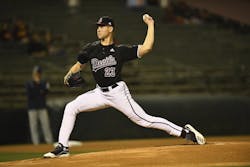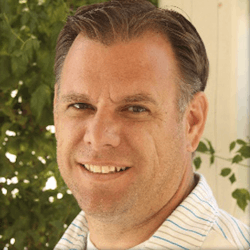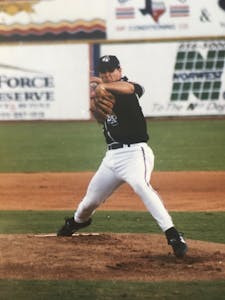Get back to playing with our specialized rehabilitation and throwing program!


Diamondback’s Baseball Program will help you return from your injury, enhance your skills, maximize your performance and prevent further injuries.
We work with baseball players ranging from youth, collegiate, elite to professional athletes. We have extensive experience and understand that baseball players are unique and require therapy specific to the demands of the sport.


Our staff at Diamondback Physical Therapy will help you build strength, dynamic stability, mobility and velocity by combining manual therapy, soft tissue techniques, manual resistance, dynamic stabilization drills, recovery techniques, biomechanical assessment and specific exercises to enhance rotary power, hip separation and arm stability.
Ready to get started?
Contact us today for a free consultation to determine if physical therapy is appropriate for you or if you should see an orthopedic doctor. We can help you get in to see the best specialists in the East Valley that understand baseball players.
The state of the game of baseball as I see it in our clinic and through my experiences as a player and clinician
– From the owner of Diamondback Physical Therapy
- Widd Workman, DPT


I started playing this game since before I can remember. For me it started with special time with my dad. He taught me the game. He taught me technique and strategies. Because of him I wanted to be one of the best to play it. I was lucky enough to play both college and professional baseball. I struggled and had success but worked very hard to improve my skills. Once my career on the diamond came to an end I wanted to become a physical therapist. It has been my passion to help others achieve their goals along with overcome injuries and obstacles that are placed in front of every ball player.
The game of baseball has evolved and advanced over years in regard to how people approach training. At times it seems as though there is a shift from learning the game to how hard you can throw, how hard you can hit the ball, or how fast you can spin it. There is so much emphasis on what the radar gun says. Young players are starting very early on developing these skills. Players are showing remarkable physical advancements. Kids are throwing harder than they ever have. This thinking/approach has come with a cost.
Unfortunately, the side effect is that kids are now specializing in one sport very early. This does not allow the player to develop other athletic abilities outside of their sport. Not only are they specializing early but because I live in Arizona, I see kids that are able to play year-round for their club baseball teams. Tournaments can be found every other weekend if not every weekend. This means that young kids are asked to pitch year-round. It is my fear that this intense training has and will have a negative effect on the ball player as he or she matures. More often than not, the player has not physically matured to the point in which they can handle such a workload. This leads to injury.
There are many now who claim to know how to advance your ball player’s skills - but be wary. Damage can be done very early on from a program that is ill fitted for the player.
Over the years I have noticed a rise in Little League elbow/shoulder, shoulder instability, and significant damage to elbow ligaments. These injuries can typically be traced back to overuse, poor mechanics, and weakness of the shoulder along with poor scapular (shoulder blade) control.
In our clinic we want our ball players to reach their goals and want to be part of the process. We accomplish this by teaching the player and the parent how to protect against risk factors such as overuse. We want our players and parents to understand risk factors so that they can make educated decisions with their health. We teach players how to take care of their arms throughout their careers regardless if the end goal is to make a club baseball team or making a Major League Team.
Our first interaction with ball players is typically after injury so our initial goal is to fix what is broken but we don’t want to stop there. When a player completes treatment they should have a firm understanding on how to take care of themselves.
I have been on both sides of the table, as I have rehabbed from a UCL replacement (Tommy John surgery) myself. I was lucky enough to have Dr. Frank Jobe reconstruct my elbow in 1993 and was able to return to play at a very high level. Because of my experience on the diamond and as a therapist I know it takes a combined effort from doctors, coaches, parents, therapist, and players to recover.
We want to keep the player on the field and promote the game in a healthy way.
